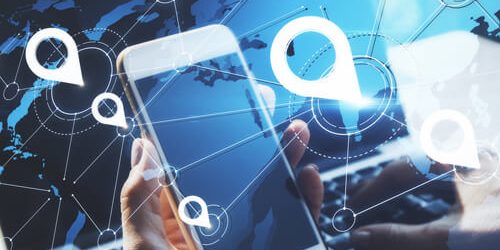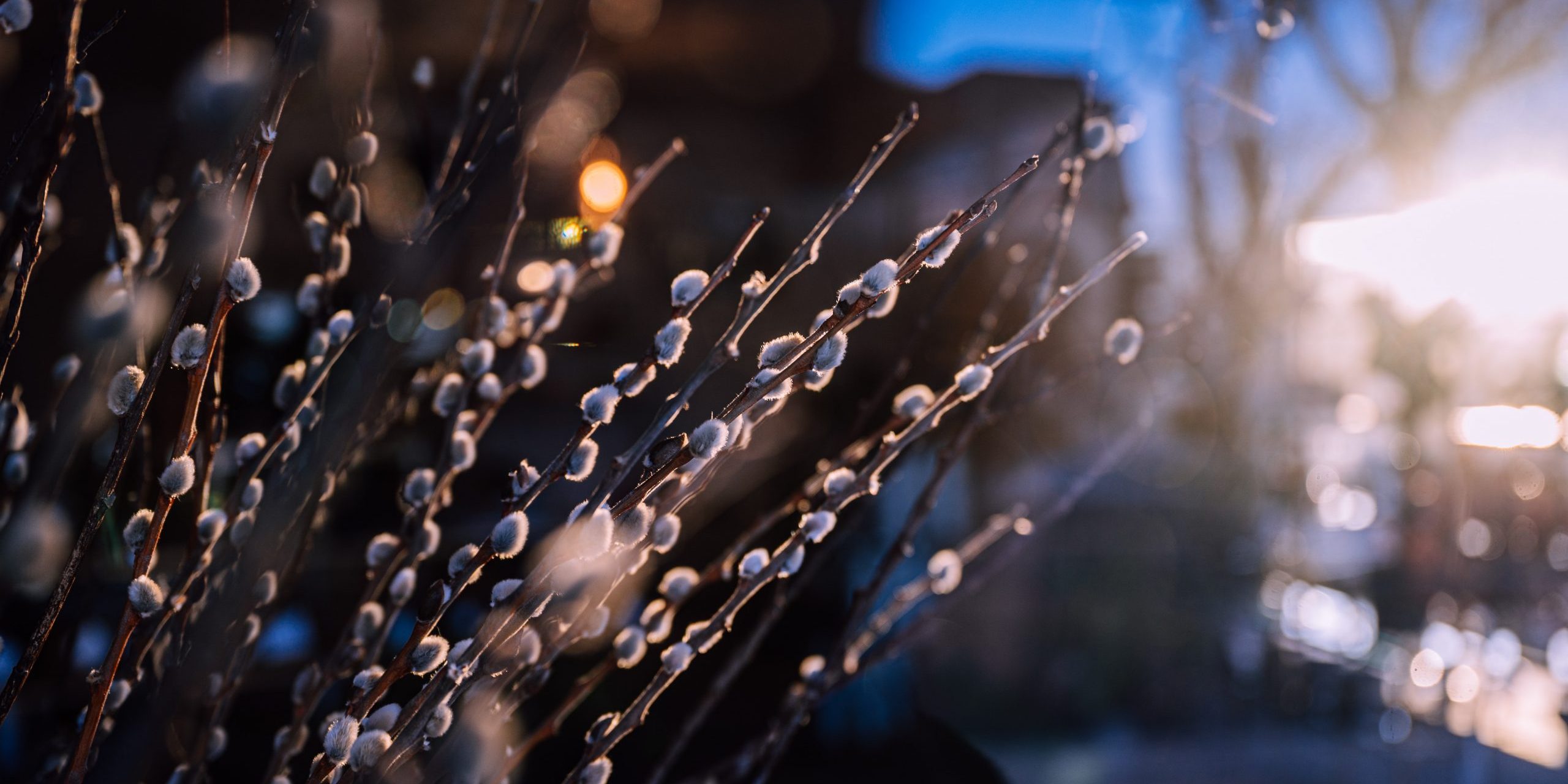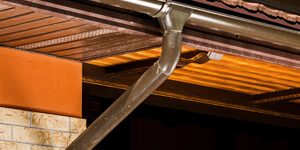UV Curing
While there are many options to get a Cured In Place Piping (CIPP), project complete, UV curing is making a significant entrance into the market as it offers several benefits. UV CIPP uses ultraviolet light to cure the resin inside the liner instead of heat with water or steam. With UV, a glass-reinforced liner is installed using a winch and the pull-in-place method rather than an inversion method. The pipe is then inspected to ensure the liner is wrinkle free. Professionals will then pull a UV light train through the pipe to cure the liner at a pre-set rate.
And while UV, heat and steam get the CIPP job done, UV curing offers various perks:
- Infiltration installation
- Small construction footprint
- Environmentally friendly and safe
- Faster cure times
- Completely trenchless
- Easy inspection
- No damage to current pipes
- Minimal impact to sewer capacity
- Health concerns minimized
HOT WATER CURE
Hot water curing is one of the original Cured-In-Place Pipe system, but as other options have been developed, this has become the most difficult solution. With a hot water cure, the resin-soaked liner is inserted into the pipe and inflated using cold water. Then, using a boiler on-site, water is heated and circulated through the pipe. The heat of the water cures the resin, solidifying it and making it rigid. Cold water is then circulated again to cool the pipe liner. Finally, the system is reconnected and recommissioned.
- Hot water cure is problematic
- Can be difficult to deliver the equipment and the water necessary to apply it
- Difficult set up if working in a small space
- Requires a significant amount of time to set up, cure the pipe liner, and to remove the equipment
STEAM CURE
Steam cure was the next best option after hot water was tried and tested for many years. Steam cure is a very similar process, a liner is inserted, a boiler attached, and a heating agent circulated, and hot water is replaced with steam.
- The steam is faster at transferring heat
- Offers a faster curing process
- Requires a significant amount of equipment and water
EPOXY LINER
Known as a self-cure system, epoxy-saturated liners take a different approach to CIPP. With epoxy, a pipe liner is inserted into a calibration liner and then soaked in epoxy and kept cool. The method of installation ranges from Inversion to Pull-in-Place methods. Compressed air is used to inflate and invert the liner, or it is pulled into place, and once the liner has spanned the length of the damaged pipe it then can conform to the host pipe, the epoxy cures on its own, no curing agents required.
- Requires less equipment than hot water or steam
- No need for circulation, and the crew is only required dig one insertion pit
When it comes to CIPP Lining for pipes, the opportunities are endless. We have a variety of trusted suppliers that are continually testing, manufacturing and distributing these trenchless methods. Check out our pipe lining suppliers.
Not a supplier? Contact us today trenchless!

What are the Benefits of Google’s Local Services Ads



